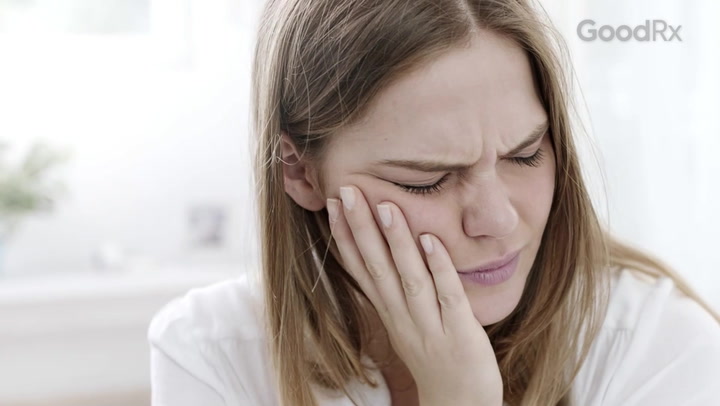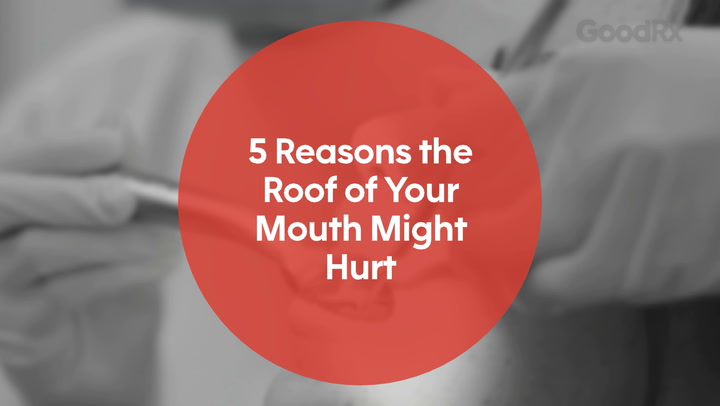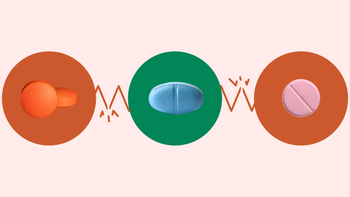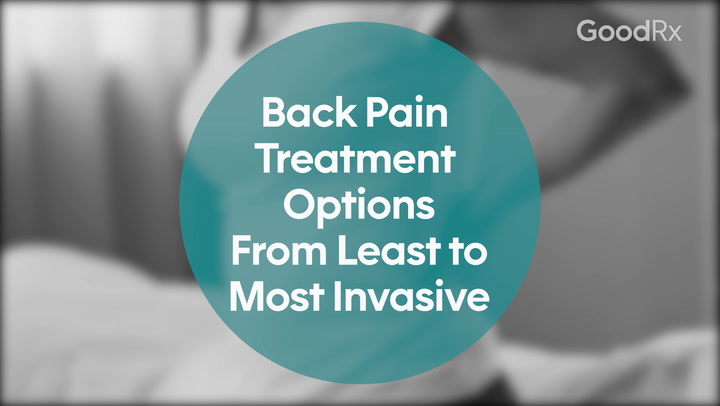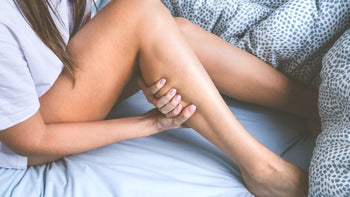
Why Are My Nipples Sore? 10 Reasons + Treatment
The Unmentionables is a series that answers common questions we all have about our bodies but are sometimes afraid to ask.
Key takeaways:
Nipple pain can happen for a lot of reasons, from sex to infections and, rarely, breast cancer. Many hormonal changes can cause nipple pain, like periods, pregnancy, and nursing.
Rarely, nipple pain can be a sign of a more serious issue like breast cancer, but there are some signs to look out for.
This is why it’s OK to talk about sore nipples — and to go see your healthcare provider if your signs point toward something serious.
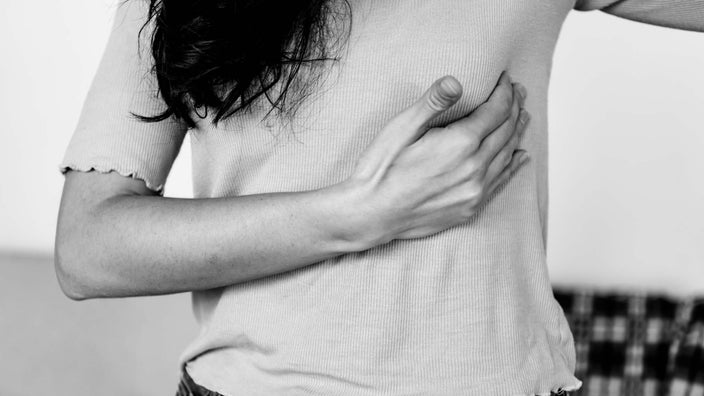
Having sore nipples can be painful and distracting. There are many reasons why your nipples might feel sore, and most are not cause for concern. But rarely breast or nipple pain can be one of the signs of breast cancer. Read on to learn why your nipples might be sore and what you can do about it.
Why are my nipples sore?
Nipples can be sore for many reasons, and most causes are harmless. It is often related to hormonal changes from your periods or pregnancy. It can also be due to friction from clothes or sex. Sometimes, it’s from an allergy or other irritation. Rarely, it can be due to a more serious concern, like a form of breast cancer. It’s always a good idea to see your healthcare provider about ongoing nipple pain.
Clothes and friction
A common cause of nipple pain is chafing from clothing or bras. Jogging or other exercise can lead to repetitive friction injuries. You may notice your nipples are red and painful, and they may even sometimes bleed.
Search and compare options
To help, you can try wearing tighter sports bras to avoid chafing. You can also apply a moisturizing ointment or use a nipple cover or other protective barrier.
Injury
Injury to the nipples, such as during sexual activity, can cause pain and sensitivity. You may notice this after friction or nipple stimulation and it will usually resolve within a few days. Protecting the nipples from further friction and injury can help the healing process.
Skin conditions
Certain skin conditions such as dry skin or eczema can cause sore nipples, often along with itching and irritation. You may see dry, scaly, and itchy patches on or around your nipples. This can often be treated with emollient or barrier creams, like vaseline or aquaphor.
If more severe, your healthcare provider may recommend short-term use of a topical steroid. Importantly, if the skin or nipples become red or you develop any drainage or fevers or other signs of an infection, it’s important to be seen by a healthcare provider.
Allergies
Irritants or allergens — such as a new soap or laundry detergent — can cause irritation of the nipples. This may happen after exposure to a new product or jewelry. This is often treated with avoiding the allergen, applying moisturizer, and sometimes taking allergy medication (such as an antihistamine). Your healthcare provider may recommend short term use of a topical steroid.
Menstrual period
Hormonal changes related to your period — such as increased estrogen levels — can also lead to sore nipples. Typically this causes both nipple and breast sensitivity right before your period. This will often improve with time, and you can help it with over-the-counter pain relievers like acetaminophen (Tylenol) or ibuprofen (Motrin) along with wearing a supportive bra.
Pregnancy
Being pregnant leads to many hormonal changes that can cause breast and nipple pain. This typically improves over the course of the pregnancy. A supportive bra, warm showers, and cold compresses can help with this nipple pain during pregnancy.
Breastfeeding
Nursing can lead to painful nipples. The suction of a baby nursing can cause repetitive trauma to the nipples, which can then lead to painful cracking and bleeding.
To help with nursing-related nipple pain, check your baby’s latch. A lactation consultant can help with positioning and can also evaluate the baby for tongue-tie (which can make it difficult for the baby to get a good latch).
You can also try putting on nipple balms or creams like lanolin. Wearing a comfortable and well-fitting bra can help, along with taking medications such as Tylenol or ibuprofen for pain.
Nipple infection
Certain infections — such as mastitis (a breast infection) or yeast infections — can cause nipple pain. These can commonly happen during breastfeeding, but they can happen at other times too. Mastitis can cause a wedge-shaped area of redness, warmth, and pain. It can also cause a fever and body aches. It’s important to speak with a healthcare provider if you have signs of mastitis, as often this needs antibiotics.
A yeast infection on the nipple can cause sharp and burning pain on the nipples, and it can also cause cracking and bleeding. If nursing, it’s possible to pass this between yourself and your baby (your baby could have oral thrush with white patches in the mouth). This can be treated with antifungal medication.
Breast cancer
While breast cancer does not commonly cause breast or nipple pain, it can. It’s important to know the warning signs. Some types of breast cancer can cause skin or nipple changes. This is usually with larger cancers or inflammatory breast cancer, which causes a quickly growing area of redness and tenderness. It’s best to get checked out, especially if you have pain that doesn’t go away, skin changes like redness or dimpling, or nipple discharge,
Paget’s disease
Paget’s disease of the breast is when there is redness, itching, and scaling of the nipple that is associated with breast cancer. If you have ongoing nipple changes — including pain or itching — be sure to talk with your healthcare provider.
When to see a doctor for sore nipples
Most of the time, nipple pain is not a cause for concern. But you’ll want to talk with your healthcare provider about any nipple pain that continues without other explanation, or if you have any other concerning symptoms along with it. This is also an opportunity to review breast cancer screening recommendations for you.
Symptoms that should prompt a more urgent appointment with your healthcare provider include:
A breast lump
Nipple pain that wakes you up at night
Nipple pain that lasts longer than a week
Skin changes along with pain, such as redness, swelling, or changes in skin color
Nipple discharge
Swollen lymph nodes in the armpit
The bottom line
There are many possible causes of nipple pain, most of which are not a cause for concern. Many normal everyday activities can cause nipple pain, from sex to a new detergent. Routine hormonal changes like your period, pregnancy, or nursing can also lead to nipple pain. Rarely, nipple pain can be a sign of breast cancer. It’s always a good idea to get checked out if your nipple pain is ongoing or if you have other symptoms along with it.
Why trust our experts?


The Unmentionables is a series that focuses on common curiosities about our bodies that, at some point, have been labeled as taboo, shameful, or embarrassing. But these are important questions we all have about our health, and we should be able to ask them. This series aims to dispel the stigma, normalize the discussion, and openly address these important health topics.
Don’t be shy. Someone else has the same question, so ask away!
References
American Cancer Society. (2022). Breast cancer signs and symptoms.
Boakes, E., et al. (2018). Breast Infection: A review of diagnosis and management practices. European Journal of Breast Health.
Kent, J., et al. (2015). Nipple pain in breastfeeding mothers: Incidence, causes and treatments. International Journal of Environmental Research and Public Health.
National Health Services. (2020). Oral thrush.
Sakorafas, G., et al. (2001). Paget’s disease of the breast. Cancer Treatment Review.



